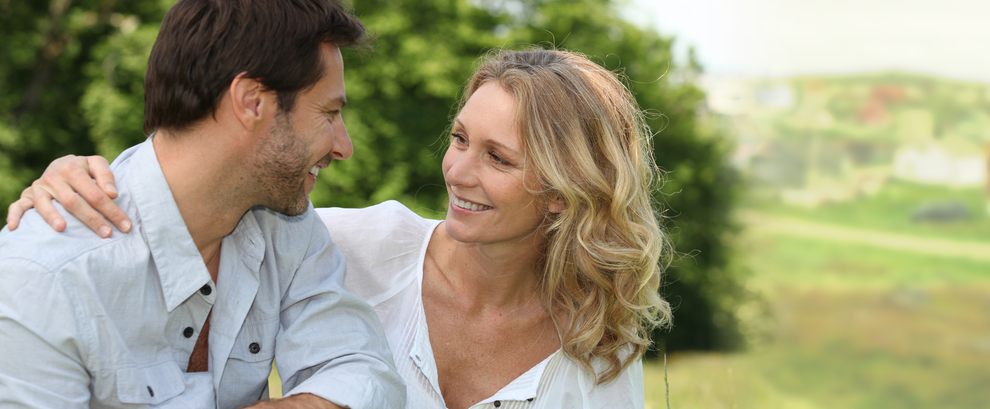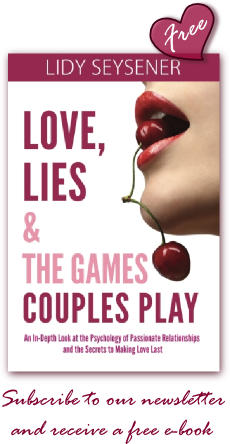
Do you have any idea what really happens once a product is ready to be marketed? A product is permitted onto the market only after a series of researches of conscious and unconscious decisions, the rational and irrational motives of customers, have been explored when it comes to what the consumer is looking for and what they are then willing to pay for it.
Why do we need all this? Does good analysis ensure the future of a given product? Short answer? Yes. But let’s direct our mind to the way we all personally handle our everyday decisions? Do we subject those to a thorough analysis or do we just go for it depending on the archetypes programmed into our psyche during our earliest childhood? Is it possible that our consciousness depends on these “childhood” systems for coping with complex life problems?
Let me underline here that all decisions can and should be reviewed and changed as life is lived. Resistance though to change is powerful because we usually seek to reconfirm what we already hold to be true. The alternative for many may even be too uncomfortable to contemplate. People unconsciously create situations that will rather support their old decisions.
Try this experiment for a day. Place your watch or some item of jewellery or clothing on another part of your body and notice how uncomfortable it is? Try it for a few days though and you might be surprised to notice that that sensation lessons as you become used to this new way. So it is with any aspect of our life including thoughts feeling and behaviours.
So Why Would You Change? How Do You Change a Decision?
Changing early, unconscious decisions is the domain of Psychotherapy, a model of therapy that works at the subconscious level. It helps a client to understand childhood decisions so that more conscious decisions can replace them.
In essence, psychotherapy first asks clients to look at their negative feelings as they have them and to notice the thoughts and the resulting self-talk and behaviour that goes with each feeling. The thoughts self-talk and behaviours link directly to the decisions that were made, which make up the script, the instruction manual, that drives the cycle of beliefs, thoughts and feelings ad infinitum.
This cycle, interestingly, is a two-way street: as thoughts and feelings impact on behaviours, and resulting script, and therefore a person’s values, attitudes, and beliefs, so too do the values, attitudes, and beliefs affect the script, and hence the thoughts, feelings, and behaviours. I call this the Script Cycle.
This cycle can have positive and negative outcomes. It is the means by which we get into a negative script belief, and it may surprise you to know that it is also the way out of it.
When we become aware of our negative feelings, we can look at the values, attitudes and beliefs that lie behind them and make changes to create a much more satisfactory outcome.
Remember that even the most complicated life situation is a result of a script decision we made in the past. The objective assessment of the given situation then is of crucial importance. Only those who consciously work with their script can actually discover what their script says to them. And it is only from a position of awareness that you can change your script and the decisions you make about your life.
And by the way this generally can’t happen completely until you have the intellectual wherewithal to review your life critically which actually may not be until you have reached adulthood.
Even if you do not consider yourself as a researcher and even if this is the very first time you have come to this information, do spare the time for it and try to analyse your own emotions up to the level your memory allows you. It may be interesting to discover whether you can get back to the very first Mother’s Day card or to the very first participation at the Christmas table. Please, write to me and share with me the “pictures” that have emerged in your memories and evoked some emotions, positive or negative.
Be sure, you have just entered your own Script Cycle! Now take a good look at it, and do so from all perspectives.
To the wonder of you,











Leave a reply